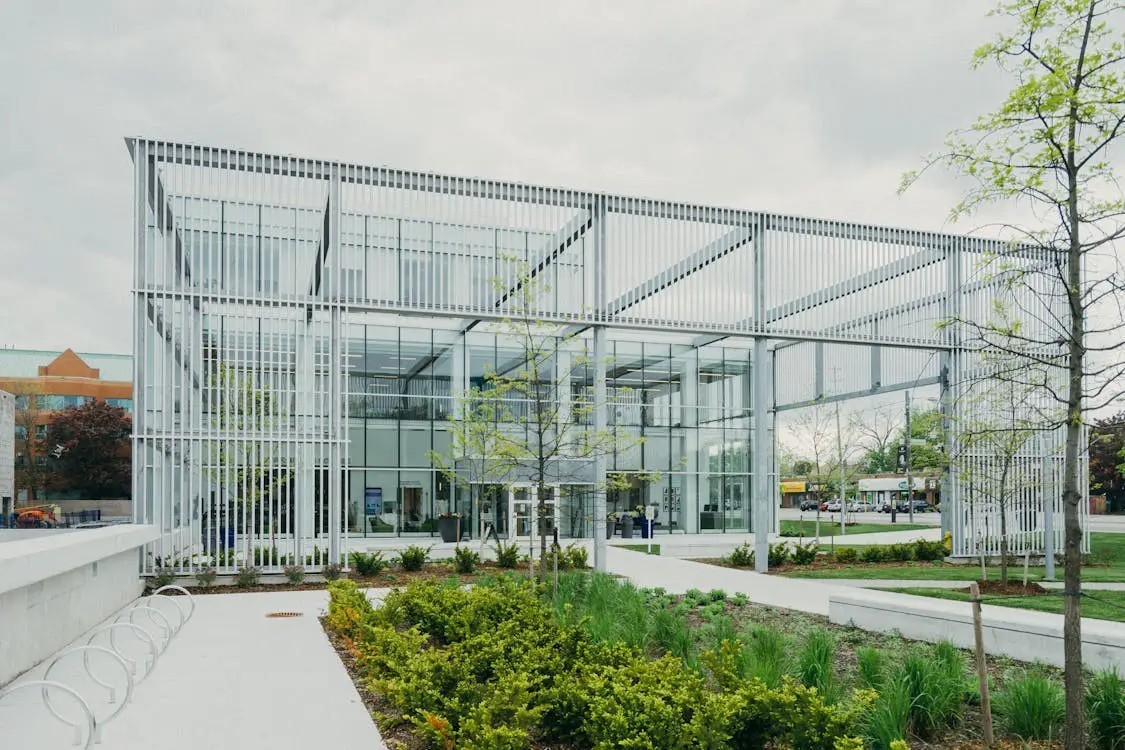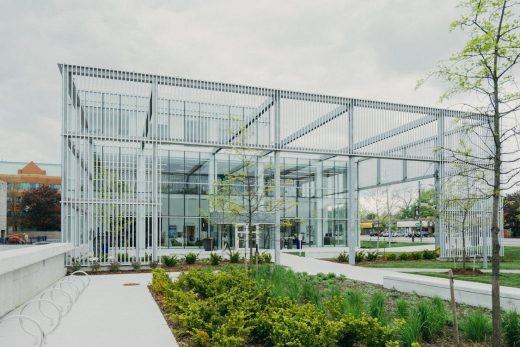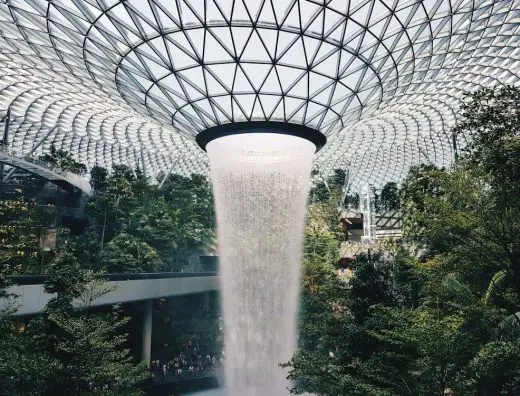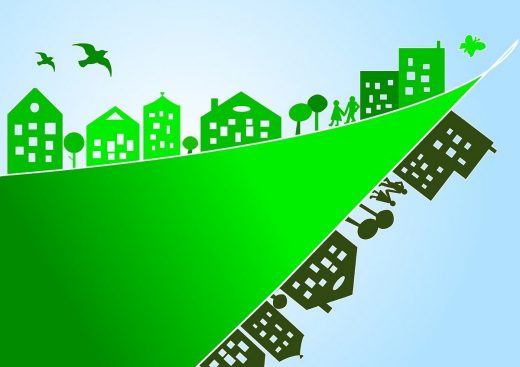Sustainable architecture principles, Designing future architectural design, Living spaces guide
Designing for the Future: Principles of Sustainable Architecture
12 August 2024
Sustainable architecture is one of the most critical aspects of the modern world, with the ever-rising complexities threatening the environment. Scholars, including research paper service experts, have identified issues of concern such as climate change, depletion of resources, and rapid urbanization. Thus, architects and designers have embraced sustainable practices for designing structures that will meet the current needs and those of the coming generations.
Sustainable architecture is one promising subdivision of architectural design and construction intended to minimize a constructed project’s impact on the natural environment as a total life cycle asset. This concept is specifically relevant to those working on applying such designs.
Here, you get acquainted with the main ideas of sustainable architecture and how the principles elaborated in this line are employed in today’s architecture, whether in the buildings that correspond to the presented plan or not.
Energy Efficiency
Energy efficiency is one of the key ideas in sustainable building. This entails developing systems with less energy consumption to reduce the discharges of greenhouse gases.
Low-energy buildings are designed to construct new and existing structures so that the building can use daylight, fresh air, and properly installed insulations to minimize energy in lighting and heating. Other measures include energy-conserving devices, valuable glasses, and photovoltaic and wind-electric systems.
- Passive Solar Design: Explains the ideas concerning the fenestration, the kind of enclosure, and the floor plans for the collection, accumulation, and distribution of solar heat during winter and the appropriate amount of acceptable solar heat during the summer.
- Energy-Efficient Lighting: In the lighting system, energy efficiency is obtained through the use of LED lighting and smart controls.
Resource Management
It emphasizes the right use of commodities, for example, bricks, water, and space, and endorsing the most effective architectures. This principle implies that the material used to develop the project should be sustainable, locally available, or closely or minimally related to the environment.
- Sustainable Materials: Employ steel, bamboo, and wood that were used before because these are renewable products and do not pollute the environment as much as other products.
- Water Conservation: Adopt practices like rainwater use, greywater reuse, and low-flow fixtures to help reduce water usage.
- Waste Reduction: The designs should sweep the floor clean of construction wastage or use recyclable and reusable constructions.
Environmental Impact
Any strategy attempting to minimize a building’s environmental impact should be recognized. The above implies using structures that are secure and aesthetic but also non-hazardous and do not distort the ecosystems. Consider manual publications or buy essay on environmental impact to acquire more.
- Green Roofs and Walls: Green roofs and walls are employed to intensify the incorporation of greenery within the roofs and the walls of buildings to improve the thermal proficiency of buildings, reduce the heat island effect, and support the fauna.
- Low-Impact Construction Techniques: Any construction work should be undertaken so that some of the impacts are prohibiting soil erosion, water quality, and natural habitats.
- Pollution Control: Elements that lead to the unnecessary utilization of harmful and toxic products such as paints and finishes should be factors in the concerned facility company; the firm should curb various sources of water pollution, such as stormwater influx.
Health and Well-being
The next concept of sustainable architecture concerns the healthy environment of the occupants of the building. This comprises phasing that contributes to the development of structures that positively impact the quality of the internal environment in built spaces in terms of air quality, natural lighting, thermal comfort, etc.
- Indoor Air Quality: Select interiors, finishes, paints, adhesives and sealants, furnishings, and other equipment that release a small volume of indoor environmental pollutants and advise on proper indoor air ventilation.
- Natural Light: Those design spaces that embrace natural lighting result because it details people’s moods, productivity, and health.
- Acoustic Comfort: The design solutions should include design elements and materials with high sound-insulating characteristics.
Adaptive and Resilient Design
Another factor about climatic change contributing to structural design is flexibility, as climate changes are unpredictable and worsening. Also, they can unite to protest against vulnerable situations like storms and cyclones. Sustainability in architecture further seeks to make structures that shall not undergo future changes but rather be preserved.
- Climate-Resilient Design: Create buildings that can help shield people from floods and storms and protect them from heat.
- Flexible Spaces: Create an environment that can be changed to create a new use for the respected space. This presumes longer spans for the buildings and, as a result, little development.
- Durability: Use solid and regular building materials and methods in constructing buildings with a view of having lasting buildings without necessarily having to be updated or ‘renewed.
Community and Culture
Sustainable architecture also refers to the social aspect of the building and how the culture has been dealt with. This calls for creating buildings that are friendly to society and culture.
- Community Engagement: It is especially essential to engage the people living in that area to enable them to make the structures they require to conform to their physical needs.
- Cultural Sensitivity: Sustain thoughts that determine architectures that enrich the site’s culture, history, and uniqueness.
- Social Sustainability: All the conditions of the contract formation of the groups, services, and commodities supplies should be ensured and enhanced.
Lifecycle Assessment
This is because when evaluating the assessment of buildings in architectural practices, one has to wear a holistic glass and see the life of the building. Due to the impact of towers on the natural environment, a tower should be planned, constructed, used, managed, demolished, or disposed of in a fashion that cannot harm the natural world.
- Lifecycle Cost Analysis: Critique the total construction cost and cost for the use and the prices for the preservation, maintenance, and early elimination of construction, as well as the recycling of construction materials if needed.
- Material Selection: Employ products that are not quickly used up, require minimal maintenance, and can be recycled when the structures are demolished.
- Sustainable Demolition Practices: This should be backed by another deconstruction method that encompasses the deconstruction process for cycling building material resources.
Conclusion
Thus, architectural design for the future should not be seen as an effort to minimize the negative effects of human beings on the environment but as the ability to design or fashion an environment that would add worthy value to people’s lives.
That is true, provided that architects and others stick to the guidelines of energy efficiency, resource management, environmental protection, health and welfare, adaptation, resilience, community or culture, and the lifecycle assessment. The future would be one of sustainability and prosperity.
Comments on this guide to Designing for the Future: Principles of Sustainable Architecture article are welcome.
Sustainable Buildings
Sustainable Building Design
How sustainable design principles are being enhanced
Future Sustainable Campus Design Feasibility
Healthcare Buildings
Healthcare Architecture Posts
Comments / photos for the Sustainable architecture principles – Eco Architectural Design page welcome.








